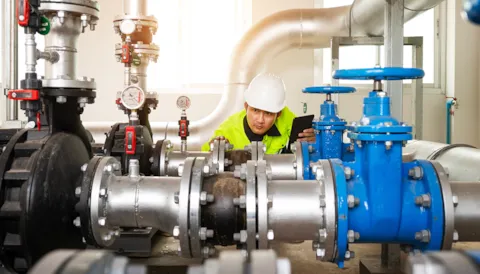
29 October, 2025
Hydrogen, ammonia and other new energy commodities to deliver over a quarter of emissions reductions in Asia Pacific, says DNV
Green fuels and feedstocks, including hydrogen, ammonia, sustainable fuels and carbon sequestration, will be responsible for over 25% of emissions reductions in Asia Pacific by 2050, according to a ne...